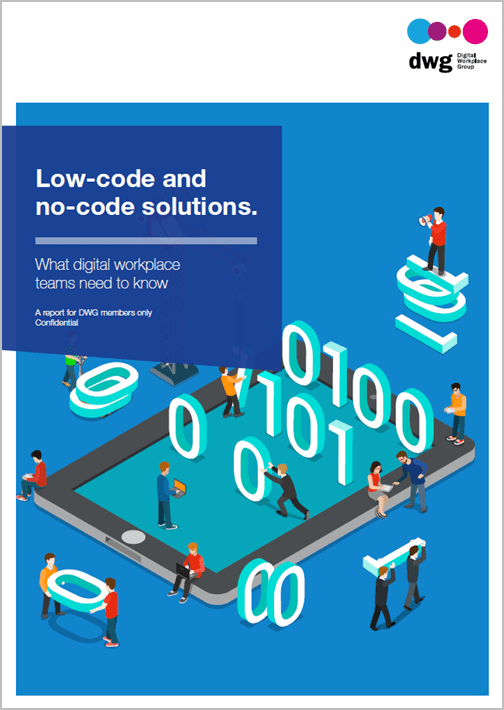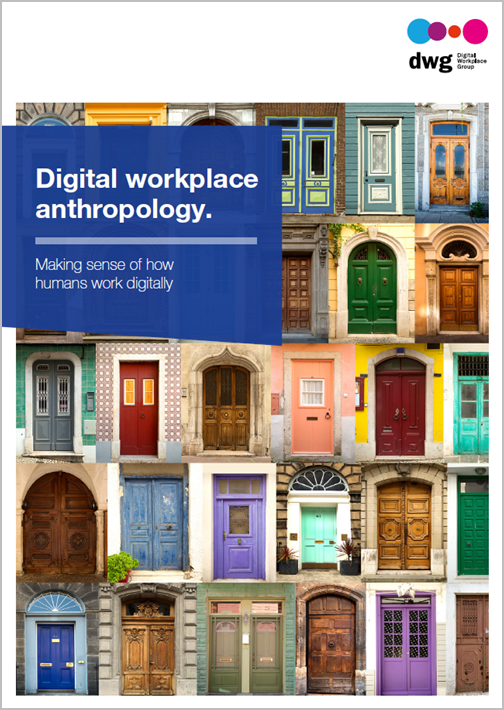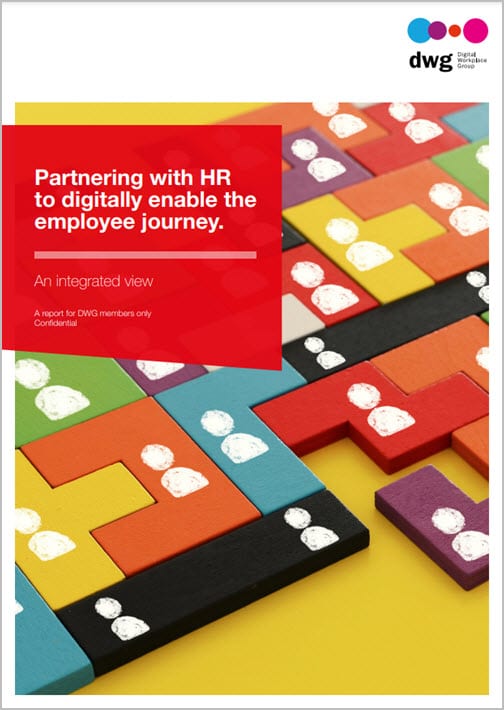Why integrating SaaS services is critical for the digital employee experience
The easy availability of cloud-based services, usually offered on a Software-as-a-Service (SaaS) basis, has opened up a range of advanced, lightweight solutions that can be easily deployed throughout a business, often without much involvement of the central IT function. These services then don’t need to be actively managed by the IT function, as elements like upgrades and bug fixes are dealt with by the vendor. The result of this is that locations, lines of business and specialist support functions are able to introduce sophisticated, but also more specialist and niche, apps and products, which particularly meet the needs of their employees and improve processes.
The availability and relatively easy deployment of SaaS and cloud-based products and services has resulted in a transformation of the digital workplace. It has even influenced the role of IT functions, who are increasingly enablers that, for example, maintain standards on security and advise on due diligence, rather than actively managing some of the cloud-based apps in use around the business.
Application profile and the digital employee experience
However, what can get overlooked is the impact on the overall digital employee experience within an organization. Surveys from Okta suggest that large companies report having 175 apps in use across the business – and we know some DWG members where the numbers are probably closer to double this. Having too many apps in operation can mean:
- There are simply too many places and separate apps where employees have to go to get things done, creating a digitally fragmented and confusing digital workplace, especially for new starters or for carrying out very infrequent tasks.
- There is a lack of consistency between digital experiences that is jarring and can make it hard to use unfamiliar systems.
- There is poor findability, with people unable to find what they need because information and content are scattered across multiple repositories.
- People feel overwhelmed by the number of apps they have to use, leading to technostress and impacting wellbeing.
- Adoption of some apps can be poor, as people tend to use an alternative app that is better known.
- Employees don’t use the right app for the right use case or scenario because there are overlapping capabilities and it’s not clear which app to use when.
- It makes people inefficient and less productive; for example, context switching between multiple apps drains time and energy each time it happens.
- There may be multiple usernames and passwords for people to remember.
It’s not only the employee experience that is negatively impacted. Governance, which might be very important (for example, ensuring that people who leave a company no longer have access to applications) starts to get difficult to maintain when there is a plethora of separately managed cloud-based apps throughout the enterprise.
Creating a more integrated employee experience
Digital workplace teams who want to create a more focused employee experience often look to create a more integrated environment, where users can access the information they need, and even complete simple transactions, without having to visit so many different systems. The desire for fewer places to go is often reflected in both user research and the aspirations of digital workplace teams, who may look to create the ‘one stop shop’, ‘single pane of glass’ or single-entry point into the wider digital workplace. Here, an intranet can often play a role in being that front door or integrated environment.
The advantages of a more integrated environment are numerous and include:
- helping to drive efficiency and raise productivity, by reducing the time people spend on visiting so many apps
- creating further efficiency through custom integrations for specific processes that are not met by out-of-the-box capabilities in particular apps
- improving findability and discoverability, by making it easier to find the apps people need to complete less frequent tasks
- lowering some of the barriers to entry that impact the adoption of apps, such as users having to remember so many passwords
- creating a more consistent and less confusing employee experience with specific opportunities for better usability
- making the overall digital workplace easier for IT support teams to manage, for example, fewer access requests to specific systems
- bringing visibility to data and content that otherwise would be more hidden, which can improve processes and support decision-making.
What sort of integrations do we see in the digital workplace?
Integrations come in all different shapes and sizes and typically include:
- single sign-on to allow users to link through to other applications without having to reauthenticate
- integrated search with results appearing from multiple solutions
- the ability to view data or a feed from another application
- the ability to view data from multiple applications in a dashboard
- the ability to complete simple transactions involving another application without having to visit it.
For example, on a typical intranet, a user might be able to do all of the above, by linking to different applications from their homepage, search for intranet content and documents from another system like ServiceNow, view a Yammer page embedded in a themed page, see how much annual leave they have left in an HR dashboard, and then actually go and request more annual leave.
What is enabling integrations in the digital workplace?
There are several factors that are enabling easier integrations in the digital workplace, including with SaaS-based products:
- Many companies are investing in platforms which involve a suite of tools that already integrate with each other, the most obvious example being Microsoft 365.
- Many applications are offering libraries of out-of-the-box connectors which enable integrations through configuration – again this is an area in which Microsoft has invested.
- Most applications now come with well-documented application programming interfaces (APIs) that help developers to integrate those applications.
- In general, there is now more experience of integrating products among developers than there was a few years ago.
- There are now some digital experience platforms (DXPs) or employee experience platforms (EXPs) that partly act as aggregators, designed to integrate multiple applications into one common experience.
- Although more common for external-facing environments than for the digital workplace, a few companies are embracing a microservices architecture that supports the integration of multiple applications into a common front-end experience.
Integration is integral to digital employee experience
With a plethora of SaaS-based products impacting the employee experience, many organizations are seeking to consolidate and streamline the digital environment they provide to employees. One of the key ways of doing this is to provide a single place that acts as a front door to the wider set of applications, with a more consistent user experience. Integrating applications – including those available on a SaaS basis – is a key enabler of that improved digital employee experience and a trend we can expect to see continue for the foreseeable future.
Related resources
Viva, Teams or SharePoint:
Understanding how they fit together
Download the report excerpt
Lo-code and no-code solutions:
What digital workplace teams need to know
Download the report excerpt
Digital workplace anthroplogy:
Making sense of how humans work digitally (full report)e
Download the full report
Partnering with HR to digitally enable to employee journey:
An integrated view
Download the report excerpt
Categorised in: Digital employee experience




